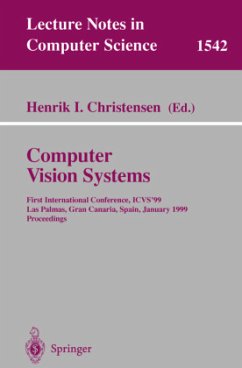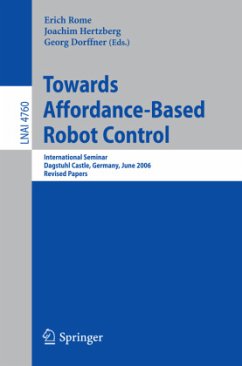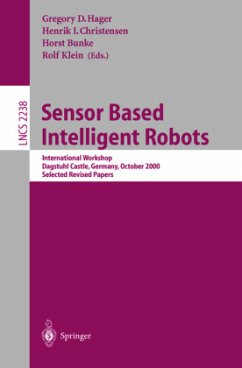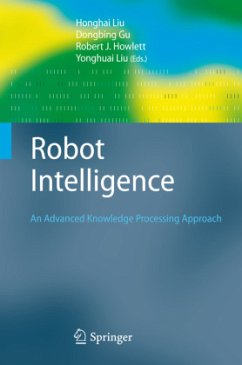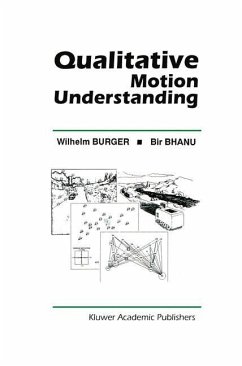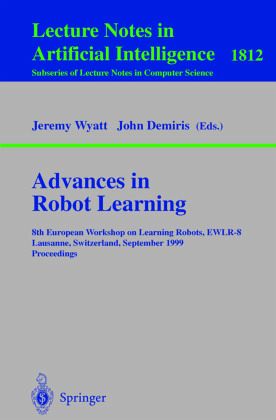
Advances in Robot Learning
8th European Workhop on Learning Robots, EWLR-8 Lausanne, Switzerland, September 18, 1999 Proceedings
Herausgegeben: Wyatt, Jeremy; Demiris, John

PAYBACK Punkte
20 °P sammeln!
Robot learning is an exciting and interdisciplinary ?eld. This state is re?ected in the range and form of the papers presented here. Techniques that have - come well established in robot learning are present: evolutionary methods, neural networkapproaches, reinforcement learning; as are techniques from control t- ory, logic programming, and Bayesian statistics. It is notalbe that in many of the papers presented in this volume several of these techniques are employed in conjunction. In papers by Nehmzow, Grossmann and Quoy neural networks are utilised to provide landmark-based representations o...
Robot learning is an exciting and interdisciplinary ?eld. This state is re?ected in the range and form of the papers presented here. Techniques that have - come well established in robot learning are present: evolutionary methods, neural networkapproaches, reinforcement learning; as are techniques from control t- ory, logic programming, and Bayesian statistics. It is notalbe that in many of the papers presented in this volume several of these techniques are employed in conjunction. In papers by Nehmzow, Grossmann and Quoy neural networks are utilised to provide landmark-based representations of the environment, but di?erent techniques are used in each paper to make inferences based on these representations. Biology continues to provide inspiration for the robot learning researcher. In their paper Peter Eggenberger et al. borrow ideas about the role of n- romodulators in switching neural circuits, These are combined with standard techniques from arti?cial neural networks and evolutionary computing to p- vide a powerful new algorithm for evolving robot controllers. In the ?nal paper in this volume Bianco and Cassinis combine observations about the navigation behaviour of insects with techniques from control theory to produce their visual landmarklearning system. Hopefully this convergence of engineering and biol- ical approaches will continue. A rigourous understanding of the ways techniques from these very di?erent disciplines can be fused is an important challenge if progress is to continue. Al these papers are also testament to the utility of using robots to study intelligence and adaptive behaviour.





